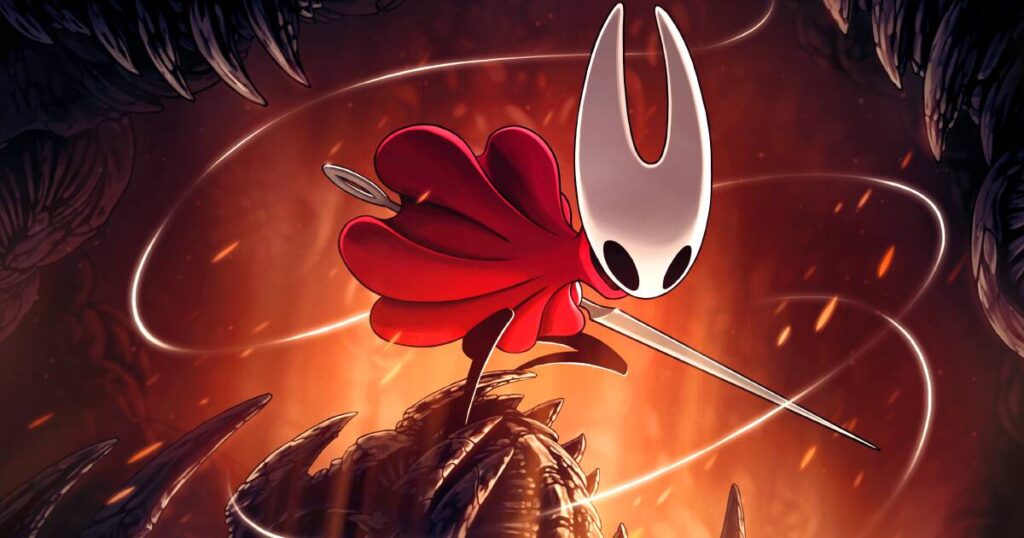
This month, the Australian-made video game Silksong became one of the most-played titles worldwide. Created by Team Cherry, a three-person indie studio based in Adelaide, the sequel to 2017’s Hollow Knight showcases how small studios can capture global attention. The game’s success is not only a testament to its artistry but also highlights the evolving role of video games in cultural engagement.
A Global Moment for a Small Australian Studio
Hollow Knight and Silksong are atmospheric side-scrolling Metroidvania adventures set in hand-drawn underground kingdoms. Players navigate through these realms, encountering insect-like characters, uncovering secrets, and facing formidable bosses. Despite their challenging nature, the games reward persistence and skill, making each victory deeply satisfying.
On its launch day, Silksong soared to the top of Steam’s charts, with more than half a million players engaging simultaneously. Critics have lauded it as one of the finest action video games of the decade. While some noted its steep difficulty, others like Polygon offered a dissenting view. Currently, Metacritic rates the game at 92 out of 100, with a user review score of 9.1 out of 10.
Metacritic Score: 92/100, User Review: 9.1/10
The excitement surrounding the new release had a ripple effect, propelling Hollow Knight back into the spotlight and breaking records seven years after its initial release. For a small Adelaide studio to dominate global charts with two titles simultaneously is extraordinary.
Why These Games Matter to Players
As a seasoned gamer and researcher in immersive media, I see beyond the stylish combat and art of Hollow Knight and Silksong. These games are built on the psychology of play, punishing mistakes but rewarding resilience. Psychologists refer to this as “flow”—a state where challenge and skill are perfectly balanced, akin to losing oneself in a book or sport.
Flow and immersion in games can foster a sense of presence—feeling as if one is inside the world rather than merely observing it—and contribute to well-being. Scholars like linguist James Paul Gee have long argued that video games teach us how to learn by placing players in problem-solving environments where they must experiment, fail, adapt, and try again until mastering a challenge.
“Games aren’t just entertainment: they are complex systems that show how people acquire knowledge, test ideas, and build skills through active engagement.”
According to a 2025 report, 82% of Australians play video games, with the average player being 35 years old. For the first time, women constitute the majority of players. Families play to connect, adults to unwind after work, and two-thirds of older Australians continue to play in retirement. Nine in ten Australians believe games help build confidence and resilience, with action-adventure being the most popular genre—an area where Team Cherry excels.
A Small but Global Industry
These cultural breakthroughs emerge from an industry smaller than many realize. The Australian Game Development Survey 2024 reported just 2,465 people employed nationwide in game development, generating A$339 million in annual revenue. Remarkably, 93% of this revenue comes from exports.
Australian Game Development Survey 2024: 2,465 employed, A$339 million revenue, 93% from exports
More than half of local studios are less than five years old, while a quarter have lasted more than a decade. Most focus on original ideas rather than contract work, which, while providing reliable income, rarely allows for creative control. Developing original intellectual property showcases Australia’s creativity to the world but also exposes studios to greater financial risk if a game fails to find an audience.
Globally, gaming now generates more revenue than film and music combined. Yet in Australia, the sector still fights for recognition as a cultural industry equal to screen and television. Policies like the digital games tax offset have provided stability, but early-stage investment remains a hurdle.
The Risks of Global Fame
Global attention also brings sudden risks. Within days of release, Silksong faced a flood of negative reviews on Steam from players in China upset with its translation. More than 14,000 one-star reviews pushed its score to “mixed,” despite strong critical acclaim. This incident highlights how player feedback can underscore legitimate concerns, such as the need for better localization.
Team Cherry responded swiftly, promising to improve the translation, illustrating how even the most successful indie studios must navigate the volatility of global audiences.
Why This Matters
The story of Hollow Knight and Silksong is about more than two acclaimed video games. It demonstrates how Australian indie studios can influence global play and how success can be both celebrated and contested. When Australians play, the world takes notice.
James Birt, Associate Professor, Film, Screen and Creative Media, and Associate Dean Engagement, Bond University
This article is republished from The Conversation under a Creative Commons license. Read the original article.





